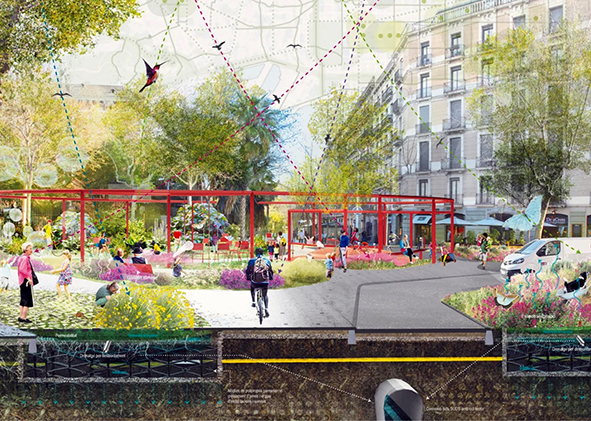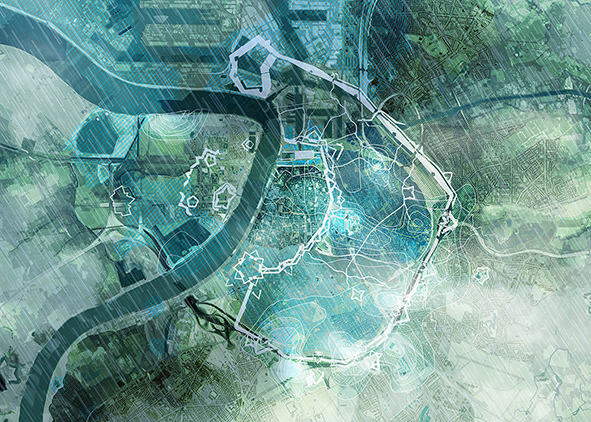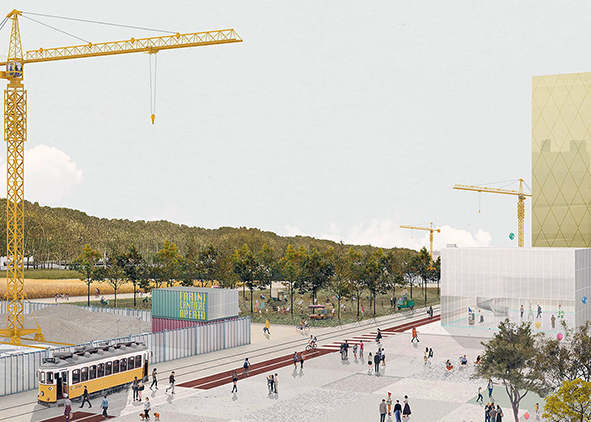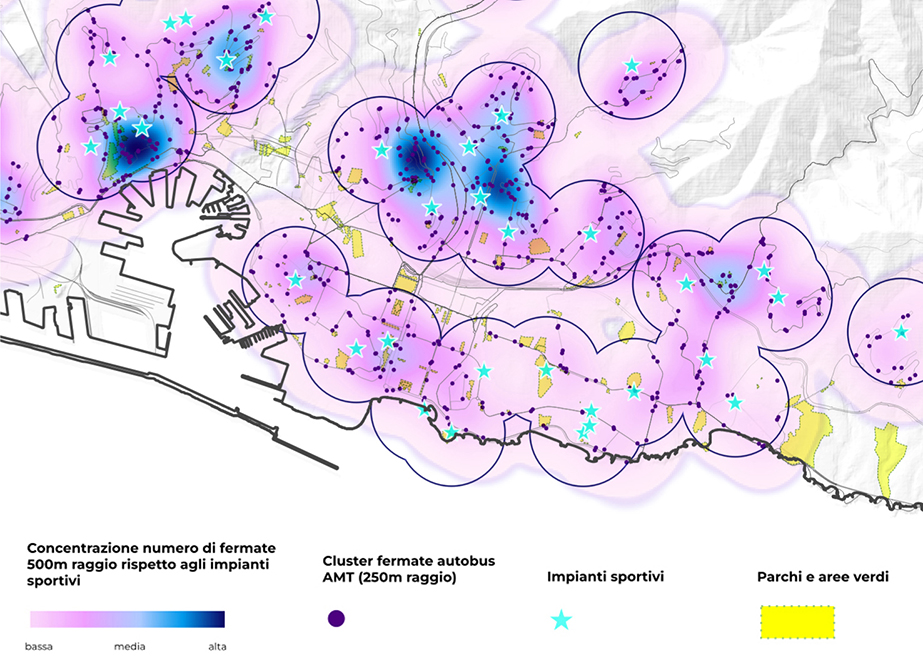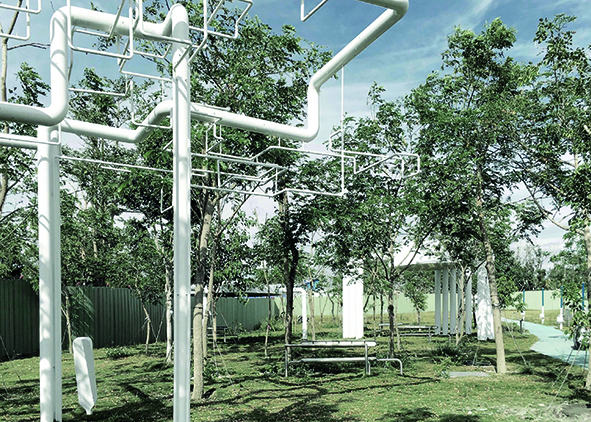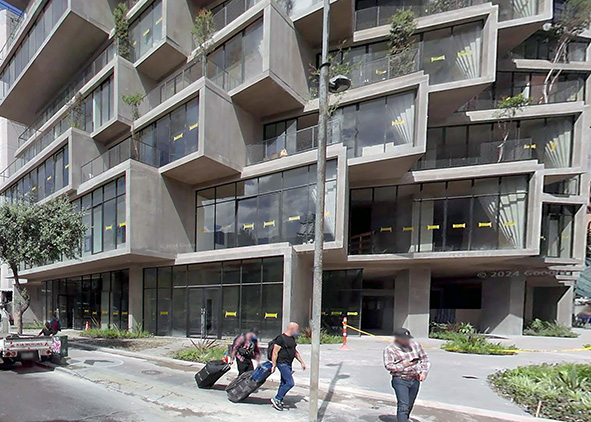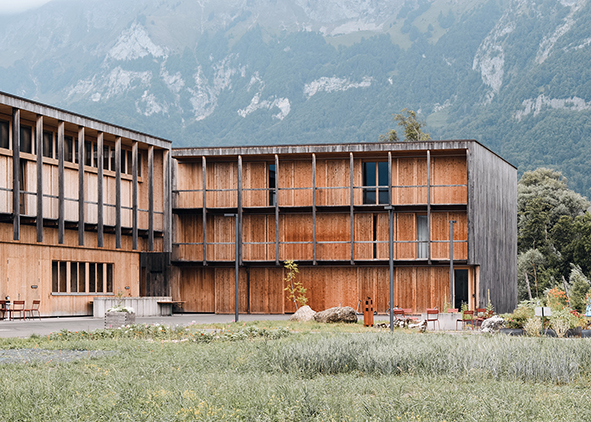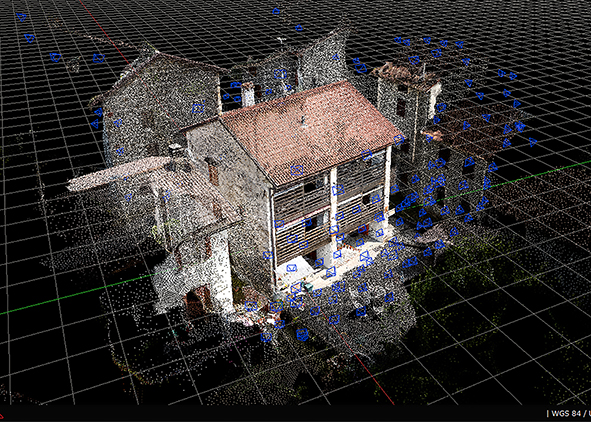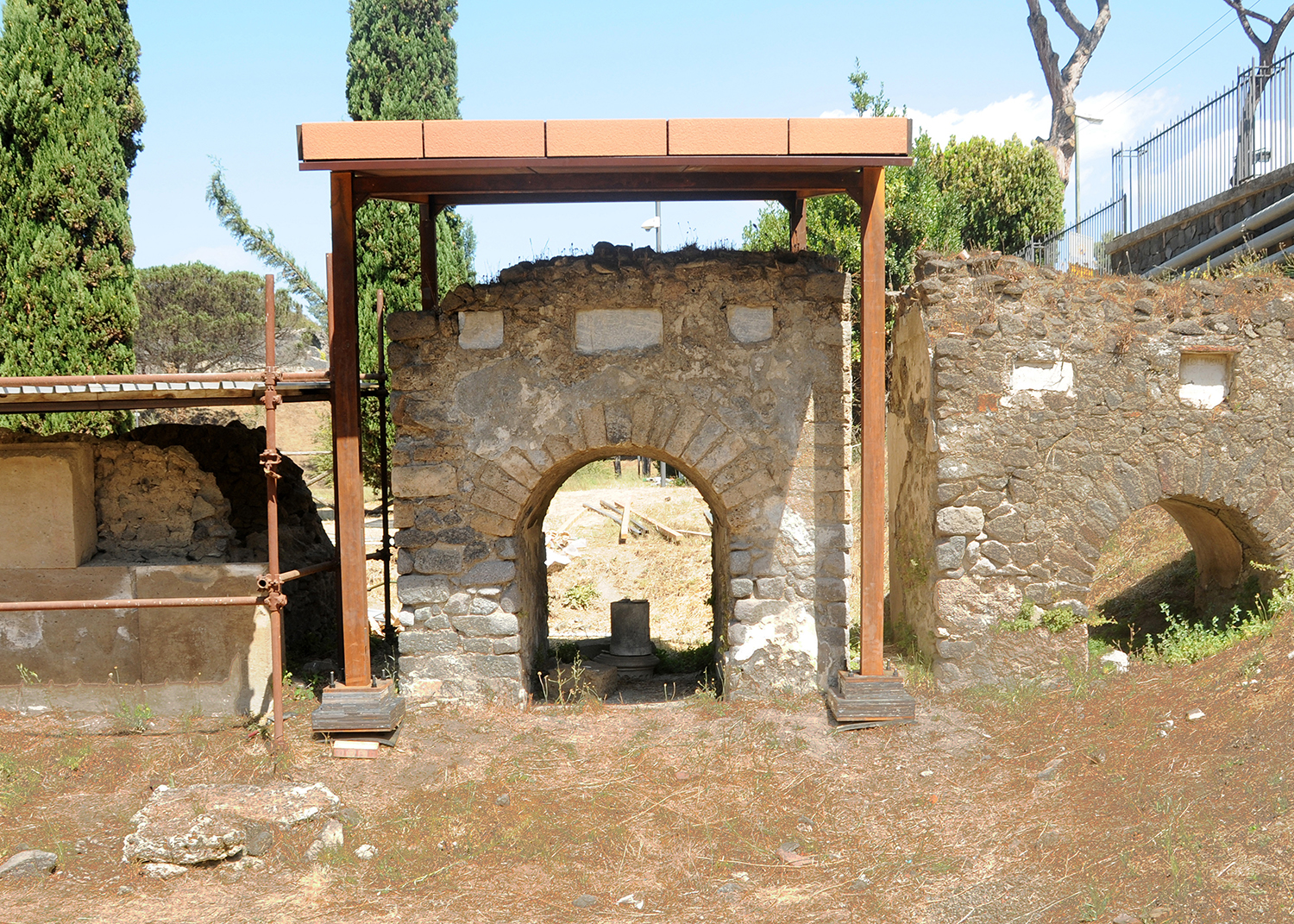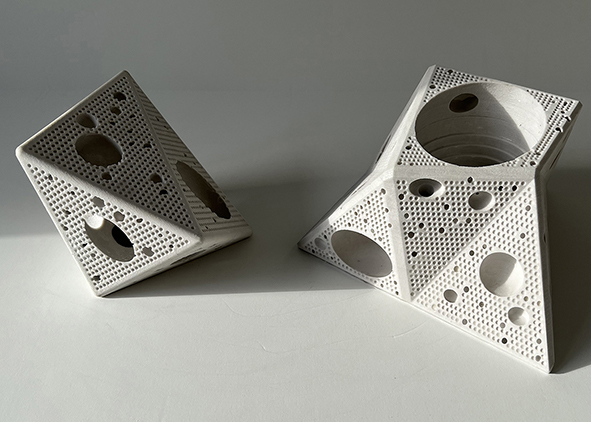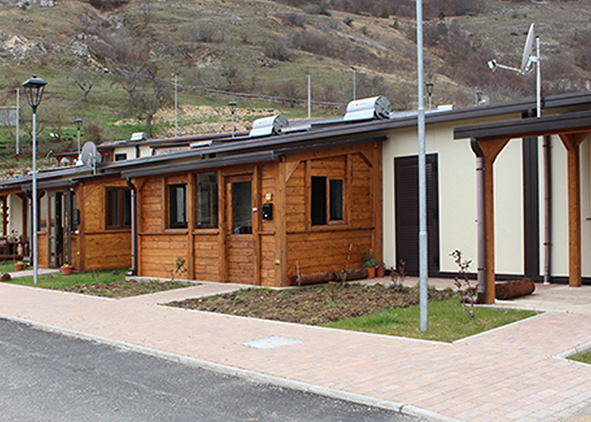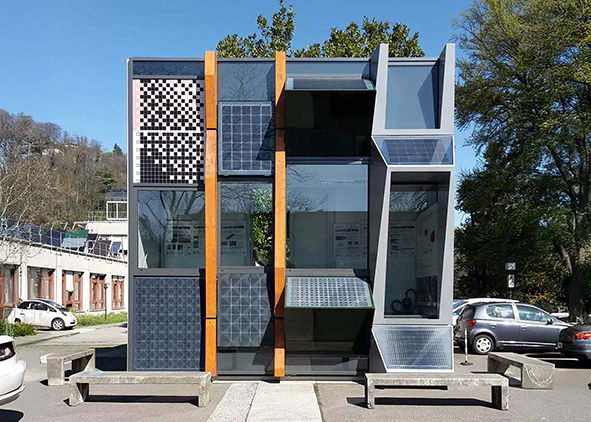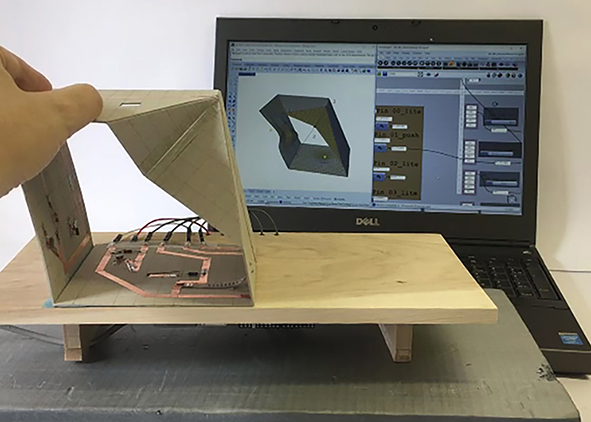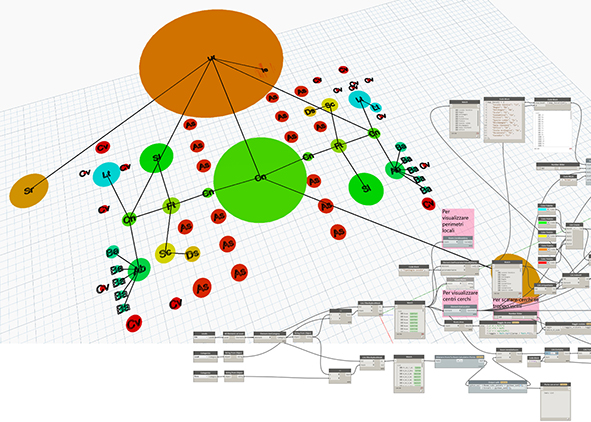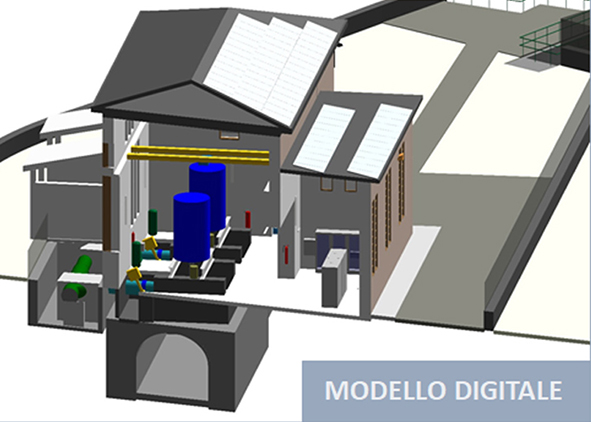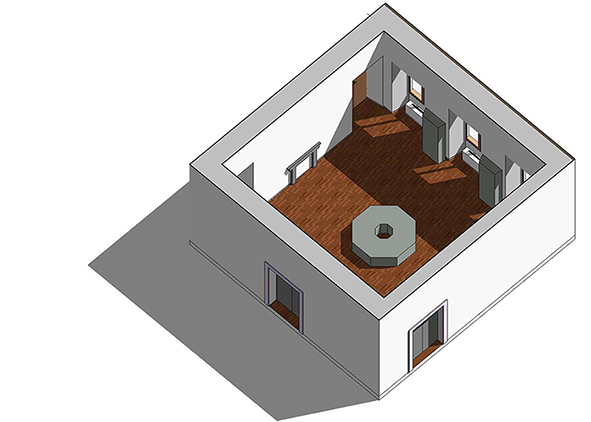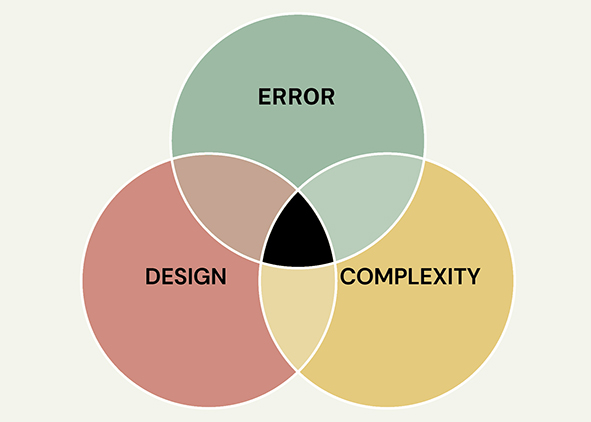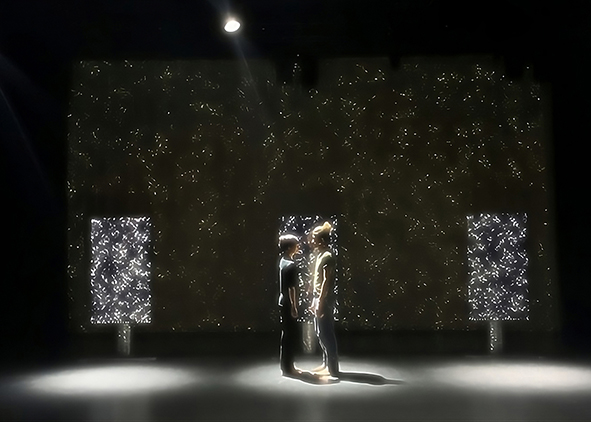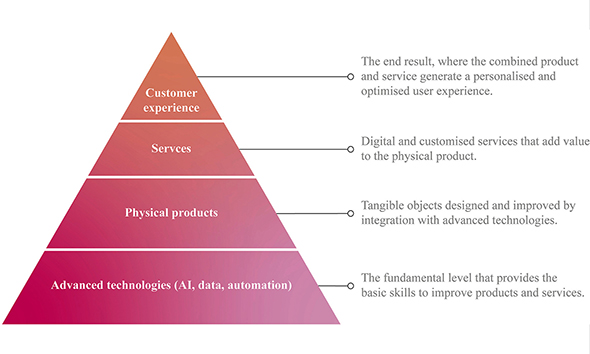
AGATHÓN
International Journal
of Architecture, Art and Design
ISSN (online) 2532-683X
ISSN (print) 2464-9309
Vol. 16 (2024): DEALING WITH COMPLEXITY | Knowledge, design, and management of the built environment
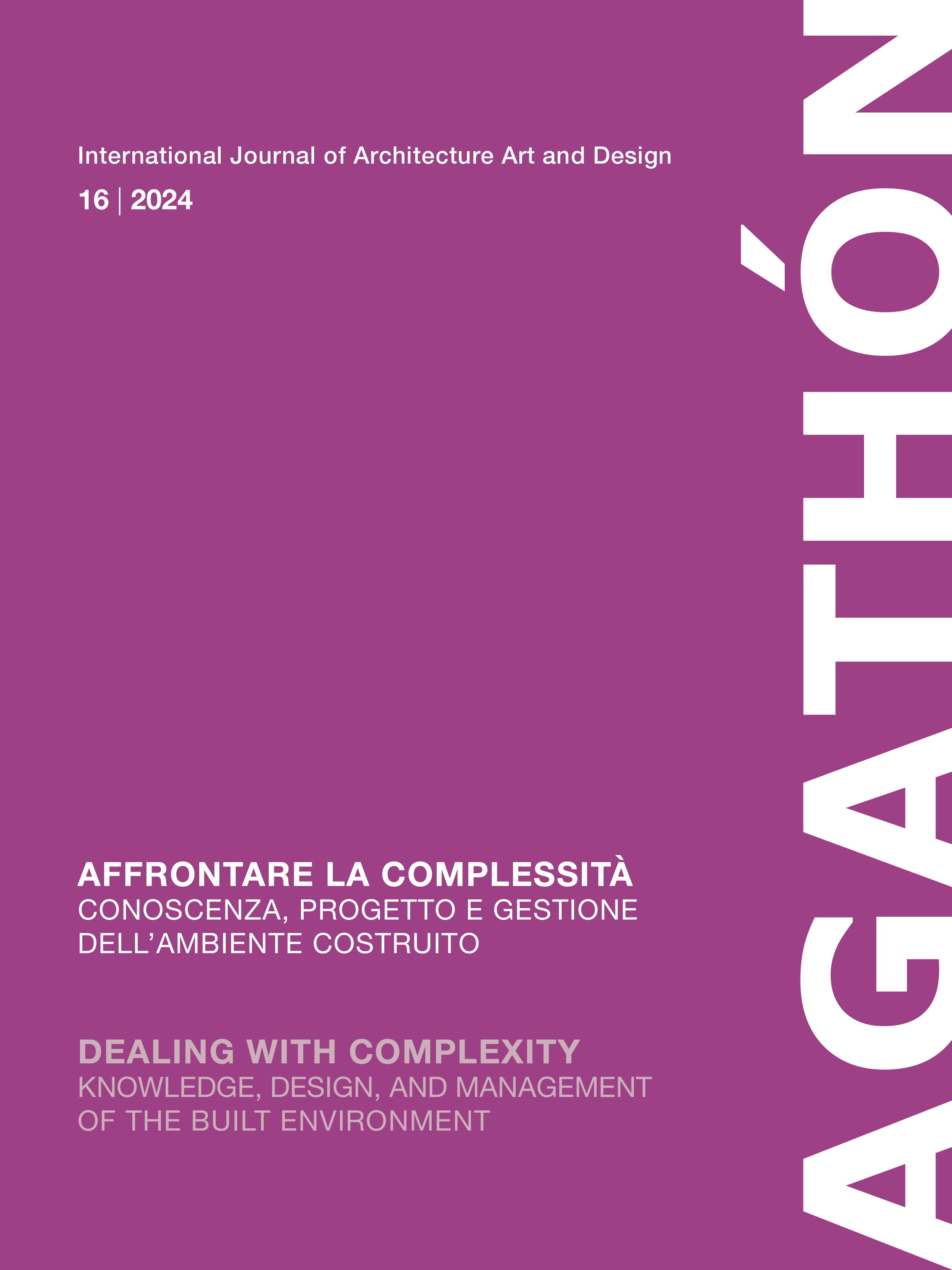
AGATHÓN issue number 16 is a collection of essays, studies, research and projects on ‘Dealing with Complexity | Knowledge, design, and management of the built environment’. Complexity (from the Latin verb ‘plectere’ = to weave, ‘cum’ = together) is a condition in which many elements intertwine together to form a unit. The ‘complexity’ of the Planet’s condition is evident: climate change, according to Amitav Ghosh (2017), is not a danger in itself but rather represents a ‘threat multiplier’ that stresses and amplifies the instability and insecurity already present in some areas of the world, even more so because many industrialised countries have already greatly exceeded their relative ‘biocapacity’, effectively becoming ‘ecological debtors’.
In this view, ‘complex’ should be brought back to its etymological meaning of ‘woven’ or ‘held together’, connecting different forms of knowledge in the virtuous circle of a body of knowledge articulated in a systemic view of the real world based on the principle of ‘co-evolution’ of social and ecological systems (of culture and nature) and the awareness that it determines; on the one hand, the interweaving of multiple causal chains (e.g., although the pandemic crisis is a health crisis it has also become a biological, ecological, economic, social, cultural and spiritual crisis) with interdependent effects, and on the other hand, effects that also retroact on causes since causality is circular. According to Ceruti and Bardi (2021), unfortunately, it isn’t easy to translate this vision into the workings of everyday life and to guide both the observation of the world and the project, which is an expression of our being in the world.
How we live, regardless of where this happens, has an impact on the biosphere and determines chain reactions in different areas that affect both nature and human beings on a global scale: climate change, health risks, loss of biodiversity, indiscriminate use of non-renewable resources, inequalities, and accessibility contribute to a condition of ‘polycrysis’ that amplifies the state of uncertainty about our future and the vulnerability of the entire ecosystem, especially since the actions put in place do not address the cogent environmental issue in a systemic and holistic key.
Therefore, the question is, how do we transform complexity from challenge to opportunity? How do we deal with the complex issues that concern the knowledge, the design, and the management of the built compared to the now essential pragmatic indicators of environmental, social, and economic sustainability? Which strategies, measures, actions, and tools can Architecture disciplines implement in a holistic view and with a systems approach to meet the terms of the Paris Agreement? How do we identify those with the best cost/benefit ratio capable of producing synergies to achieve the largest possible number of the Sustainable Development Goals promoted by the United Nations? How do we rethink extractive (production-based) economic systems and direct them toward regenerative ones (based on the enhancement of that which already exists and of services)? How to put into practice new systemic design approaches capable of addressing today’s complexities from their roots, developing solutions through which entire societies can intentionally transition to a more sustainable, equitable, and desirable long-term future, including through co-created visions capable of informing the solutions of the present and paving the way to a desirable future? How do we place knowledge and learning into a system to better understand the current era’s multidimensional, fundamental, and global issues in their irreducible complexity?
The articles published in issue 16 of AGATHÓN offer valuable insights into addressing the complex issues surrounding the knowledge, design, and management of the built environment in light of the increasingly urgent pragmatic indicators of environmental, social, and economic sustainability, demonstrating that the complexity of the built environment, rather than being a challenge, can become an opportunity to advance the achievement of the 17 Sustainable Development Goals. The published contributions certainly do not fully encompass the fields of inquiry, strategies, measures, and actions that the scientific community and the construction sector can implement to contain human activity within planetary boundaries and make both the built environment and biophysical systems more resilient. However, they provide an initial theoretical-practical framework on the topic, which will hopefully contribute to stimulating the scientific debate and inspire new research initiatives based on multiscalar approaches, capable of leveraging the potential of digital technologies to address the pressing challenges of contemporary times, including the global goals of climate and carbon neutrality.

